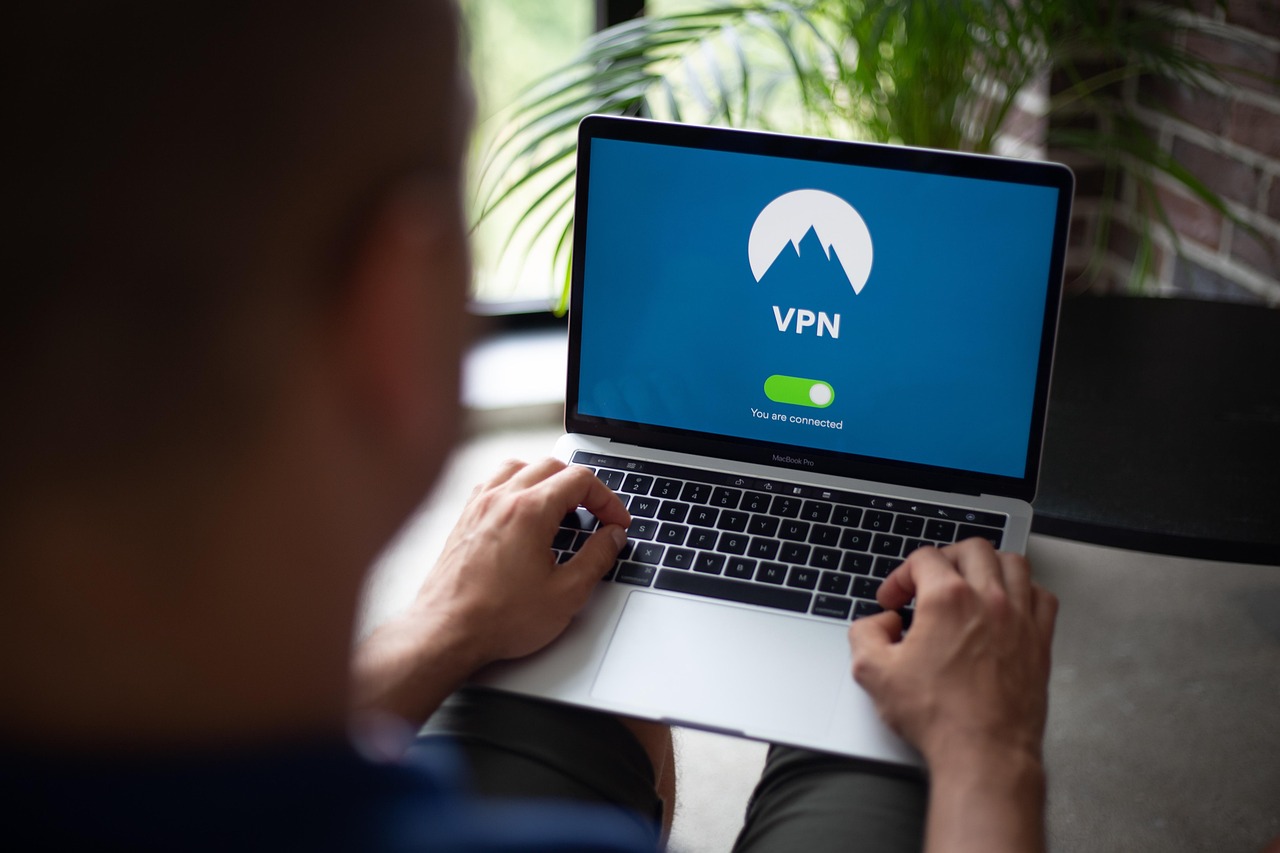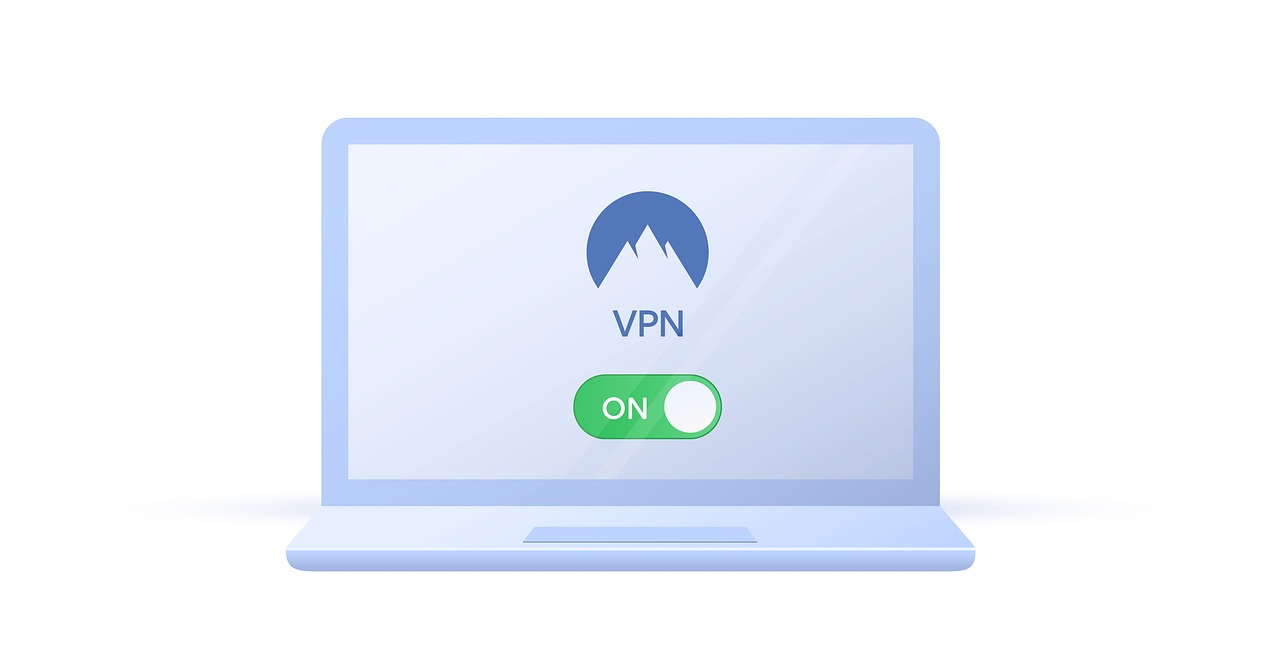
Beyond The Firewall: Human-Centered Incident Response
Imagine your business is a ship sailing the digital seas. A storm (cyberattack, system failure, human error) is brewing. You need a plan, a crew, and the right tools to weather that storm and ensure your ship arrives safely in port. That plan is your incident response plan, and it's crucial for minimizing damage and maintaining business continuity in the face of unforeseen events.
What is Incident Response?
Defining Incident Response
Incident response is the organized approach to addressing and managing the aftermath of a security breach or cyberattack, aiming to limit the damage and reduce recovery time and costs. It encompasses a range of activities, from initial detection and analysis to containment, eradication, recovery, and post-incident activity. A robust incident response plan is a...









